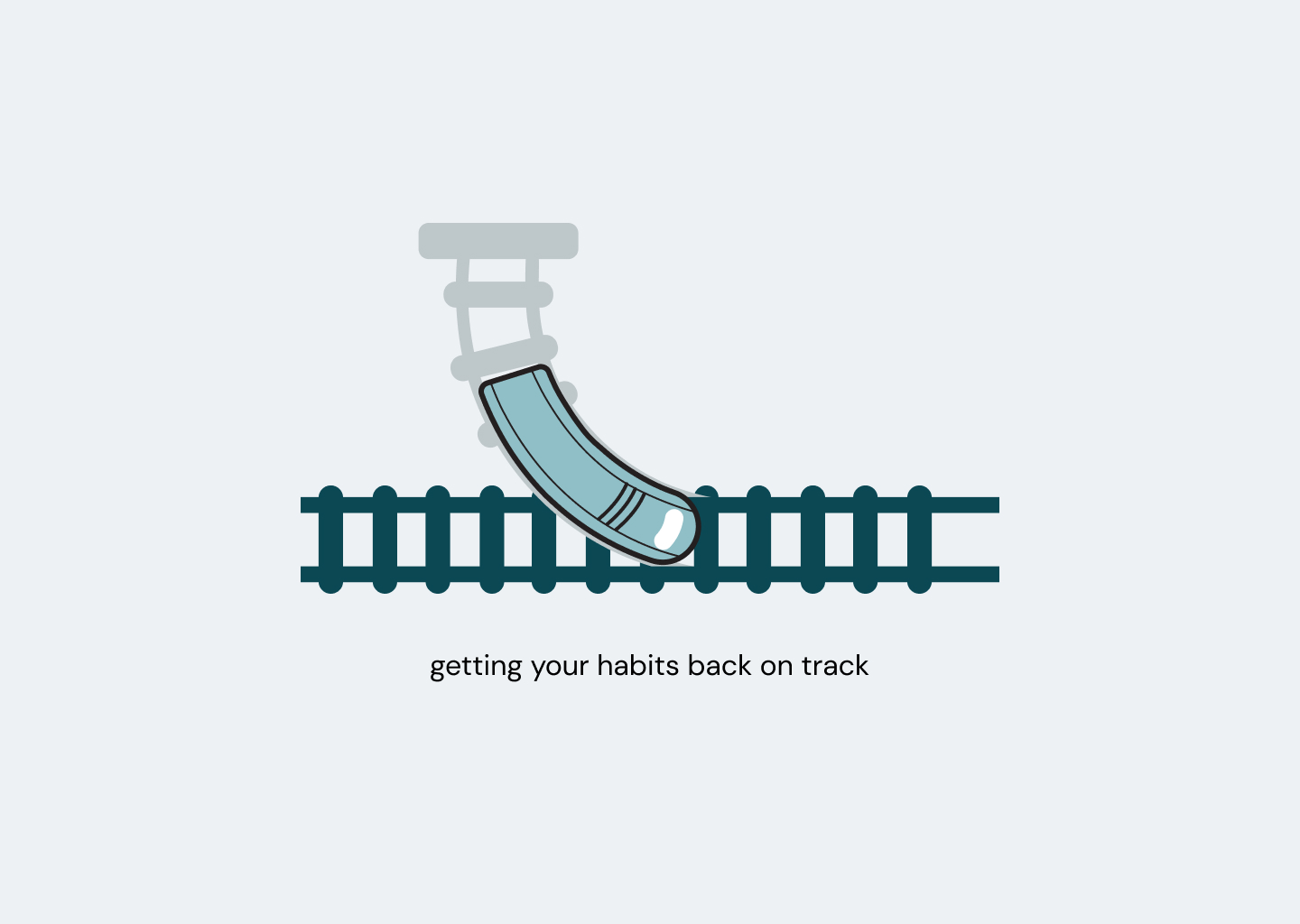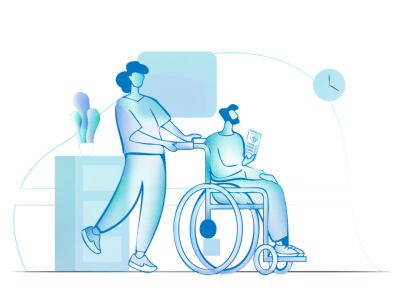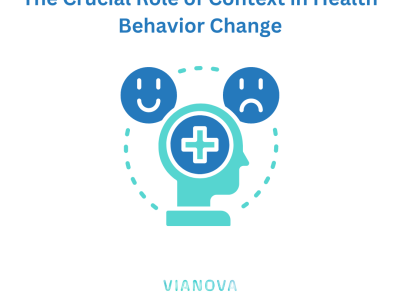
“Getting Back on the Habit Horse: How to Reignite Your Daily Routine with Behavioral Economics and Behavior Design”
Habits are essential for achieving long-term goals, but even the most dedicated of us sometimes find it difficult to maintain our daily habits. Whether it’s due to unforeseen circumstances, a change in routine, or simply losing motivation, stopping a habit can be a frustrating setback.
Why do we stop doing our daily habits?
Weaking Neural Pathways: Habits are behaviors that are repeated consistently over time, and they become automatic when they are reinforced by our brain’s reward system. However, when we stop doing a habit regularly, the neural pathways that support that behavior weaken over time, and it becomes more difficult to maintain the habit. This is known as the extinction effect.
Setbacks and Failures: Often times when we experience any kind of set back, we lose motivation and can even begin to doubt our ability to achieve our goals.
Change in Circumstances: Sometimes life gets in the way. Something as big as moving to a new city, or as small as a traffic detour by our gym can make it difficult to maintain the level of consistency we need to hold onto a habit.
How can we get back on track?
If you find yourself in a situation where you’ve stopped doing your daily habits, don’t despair! Here are some tips for getting back on track:
Start small: One of the most effective ways to get back into the habit of doing something is to start small. Instead of trying to tackle the entire habit at once, break it down into smaller, more manageable steps. For example, if you want to start exercising regularly, begin by taking a short walk every day instead of trying to run a marathon right away. This will help you build momentum and establish a new routine.
Use behavioral economics to your advantage: Behavioral economics is the study of how people make decisions and how these decisions are influenced by factors such as emotions, cognitive biases, and social norms. You can use these insights to your advantage when trying to get back on track with your habits. For example, you could use a commitment device, such as signing up for a class or hiring a coach, to increase your motivation and hold yourself accountable.
Practice behavior design: Behavior design is a process for creating habits and behaviors that stick. It involves breaking down a behavior into its component parts and designing each part to be as easy and enjoyable as possible. For example, if you want to start eating a healthy breakfast every day, you could make a habit of preparing your breakfast the night before, so it’s easy to grab and go in the morning.
Focus on the benefits: When we’re struggling to get back on track with our habits, it can be helpful to remind ourselves of the benefits of the habit. For example, if you’re trying to get back into the habit of meditating every day, remind yourself of how it can help reduce stress and improve your overall well-being. Focusing on the benefits can help you stay motivated and committed to the habit.
Maintaining daily habits can be a challenge, but it’s essential for achieving long-term goals. When we stop doing a habit regularly, it can be demotivating and challenging to get back on track. Remember to start small, use behavioral economics to your advantage, practice behavior design, and focus on the benefits to stay motivated and committed to your habits.



FEEL FREE TO DROP US A LINE.